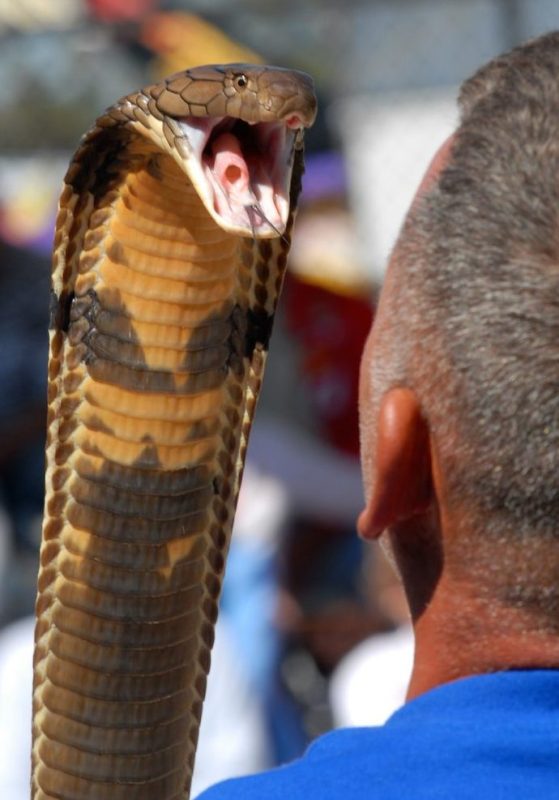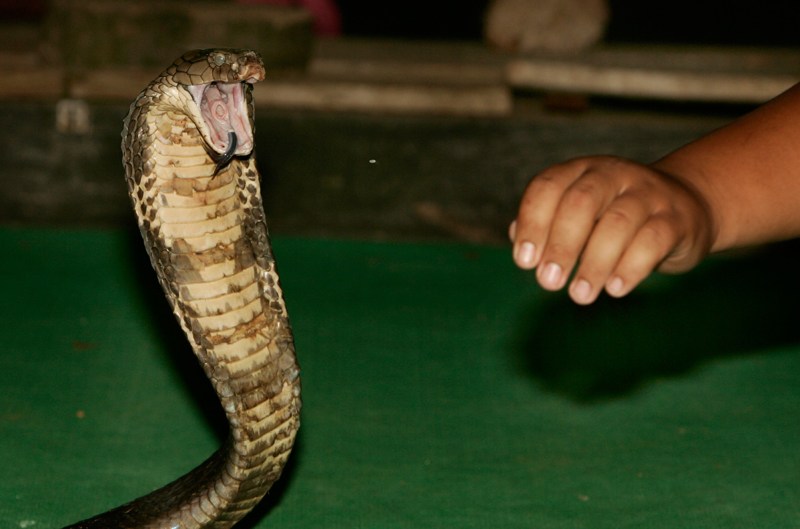
Particularly for those who grew up in cities, nature can seem scary. Turns out there are times when it is genuinely terrifying. We’ve already explored the pain of insect stings, but now we’re looking at something more potentially lethal: venomous creatures. Christie Wilcox’s new book, Venomous: How Earth’s Deadliest Creatures Mastered Biochemistry, discusses animals who kill in ways that sound like they’re straight out of horror films, as well as examples of venom proving surprisingly beneficial.
For starters, there is the king cobra. Its venom contains enough neurotoxins to kill you—plus another 19 of your friends. “Compared to other snakes, their venom isn’t particularly potent, but they can inject massive volumes and they’re huge, seven-to-eight-foot-long snakes,” Wilcox notes. (She says that snakes kill 90,000-plus people a year, though it could be higher since many of the deaths occur in places that “don’t have medical systems that allow good reporting.”)
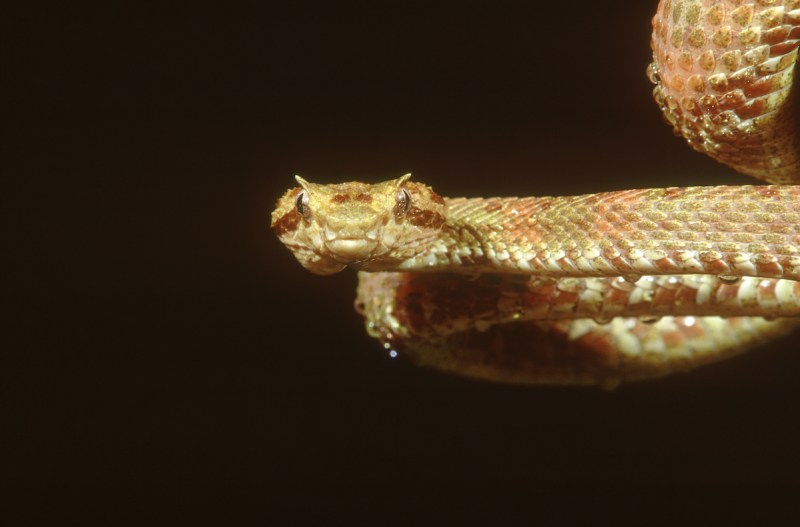
If you want a particularly unnerving type of snake venom, look to the bothrops (vipers). “We’re talking about flesh that liquefies and melts with big, weeping lesions,” Wilcox reports. The venom causes necrosis, which is a two-part process:
“The first is the toxins themselves attacking the tissues with enzymes whose job is to chop up tissue parts. It also has the effect of turning on our immune system which, in a failed attempt to kill the toxins, also goes on the attack. It’s like friendly fire in your tissues.”
Basically, if you have necrosis, things aren’t looking very good for you.
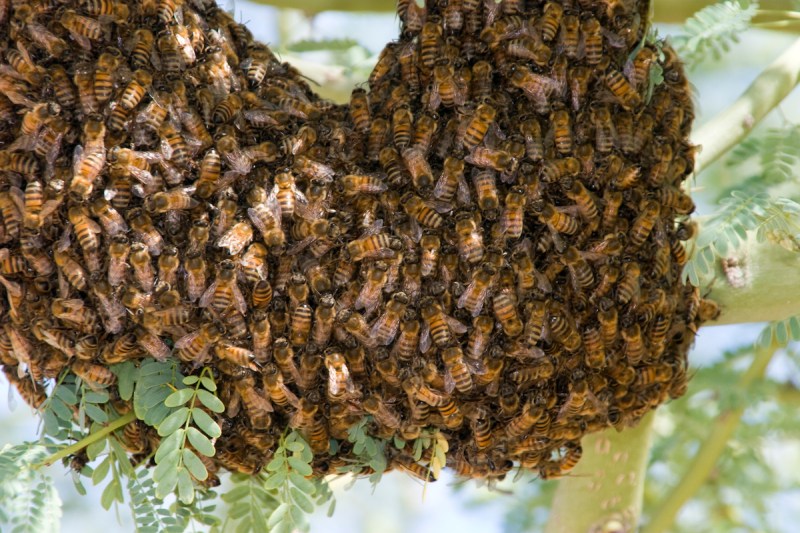
Yet venom can also be beneficial. Take the author’s account of what happened to Ellie Lobell, a woman whose life was saved by a killer bee attack:
“She had Lyme disease, which wasn’t knocked out by an initial round of antibiotics. She slowly deteriorated to the point where her mind and body were, basically, dying. Eventually she gave up and moved to California where she planned to die. But by chance she went for a walk and was attacked by a swarm of what people call killer (Africanized) bees. She went back to her room and laid down expecting to die. But after a week of the worst pain imaginable, she emerged better! She believes the overload of toxins in the bees’ venom killed the Lyme bacteria.”
To read the full interview with Christie Wilcox (and learn how and why the Gila monster’s venom could be the key to treating diabetes and Alzheimer’s), click here. To get a copy of Venomous: How Earth’s Deadliest Creatures Mastered Biochemistry, click here.
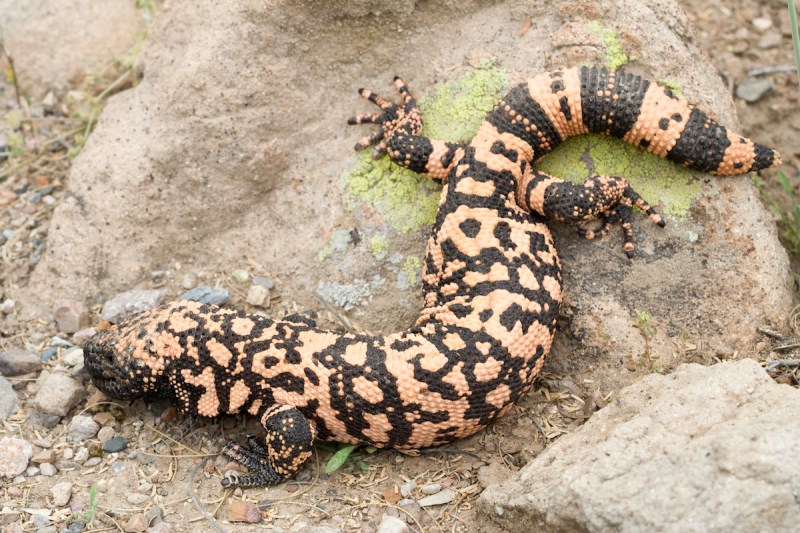
Whether you’re looking to get into shape, or just get out of a funk, The Charge has got you covered. Sign up for our new wellness newsletter today.
